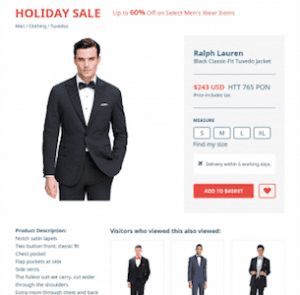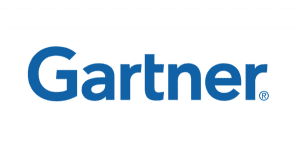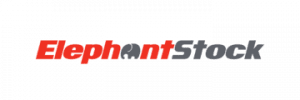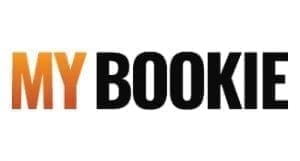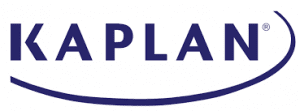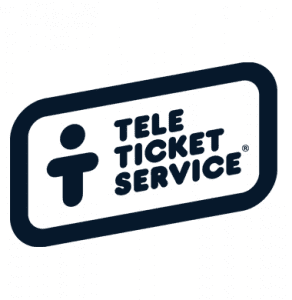Fashion website personalization is a key component of success in the online clothing and apparel space. As with any other online shopping experience, customers increasingly expect it to be tailored by algorithms to their interests because of their experiences with highly personalized major players in the space.
Personalizing a fashion website can make use of many strategies, including recommending products based on brand, color, style, season, gender, and many other variables. Whatever particular strategy makes sense for you, there are some key implementations that are pretty much always a home run, especially for websites with little or no personalization currently active. Here are a few examples.
Homepage
On the homepage, you can begin with the very first thing each visitor sees, the header. For returning visitors, this can be based on their most recent interactions or purchases, such as showing a promotion for the brand or product category they viewed most. For new visitors, if you have any referral information, such as if they arrived from an interest-specific ad campaign, this can be used to determine what to include in the header.
For the homepage product recommendations, these can be highly dynamic, depending on individual variables. For a new visitor with no previous interactions, you’ll probably want to show recommendations simply based on the most popular products on the site, perhaps from various categories.
For a returning visitor, homepage recommendations can include things like:
- Items they previously viewed
- Items they previously added to their cart but didn’t purchase
- Items similar to those they previously viewed that are on sale
- Popular cross-sales for their recent purchase
- Popular for this season, filtered by gender if known
- Most popular items from the categories they viewed most previously.
Recommendations like these are certain to take a generic homepage experience and turn it into one that stimulates interest immediately.
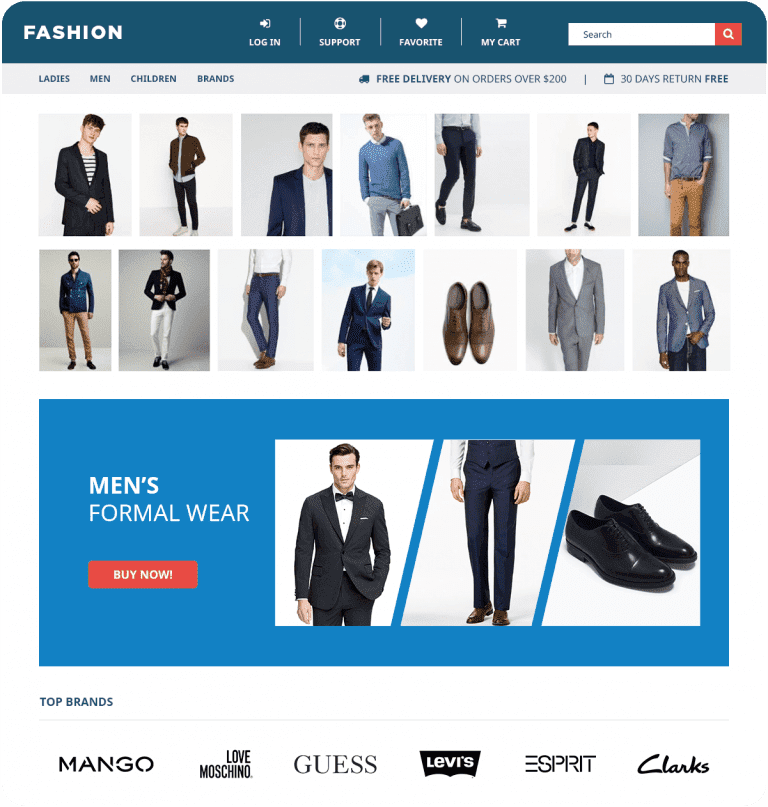
Product Page Fashion Personalization
The product listing page is a very important place for fashion personalization. This is where the customer is well into their shopping journey, and you have to maintain their engagement with the products they are most likely to click, and hopefully buy.
Here are a few types of recommendations and extras that are ideal on product pages:
- Equation-style cross-selling widgets: show the clothing item currently being viewed + the accessory most frequently bought with it, with a quick-add-to-cart button so that they can skip the examination and purchase what others have shown is a good combination.
- Similar category, style, and/or color algorithm: show the shopper clothing items that are in similar category, style, and color to the one currently being viewed, by applying various filters based on these criteria to any given algorithm. For instance, you can show most popular, currently on sale, or up-sells based on the category/style/color of the currently viewed item.
- Previous/Next navigational recommendations: for any given clothing item they may be viewing, show small popups on the left and right for previous and next clothing items recommended, so that they are taken on a linear journey through similar items, until they find the one they’re looking for.
- Items recently viewed: this is nothing fancy, not technically even an algorithm, but nevertheless is highly effective, as it saves the shopper from having to go back and attempt to find the item they viewed before, and now decided they want.
- Most popular from this category: this shows the most popular clothing from the category of the item currently being viewed, and is a classic and highly effective product page algorithm.
- Social proof and scarcity messaging: for the individual clothing item being viewed, you can show an alert if it’s low in stock, or show how often it was bought in the past week, or even more specific messaging such as how often it was bought in the shopper’s city, if it was bought there more than 5 times in the last month, for instance.
- Popup coupon on text copy: if the shopper is copying the text from this page, it probably means they’re getting ready to go see if they can find it elsewhere for a better price. This is an appropriate time to do your best to keep them, by offering them a popup with a countdown for a coupon if they check out in the next 10 minutes.
With personalizations like these on your fashion product pages, you’re sure to keep shoppers enthralled and piling items into their carts. Speaking of carts…
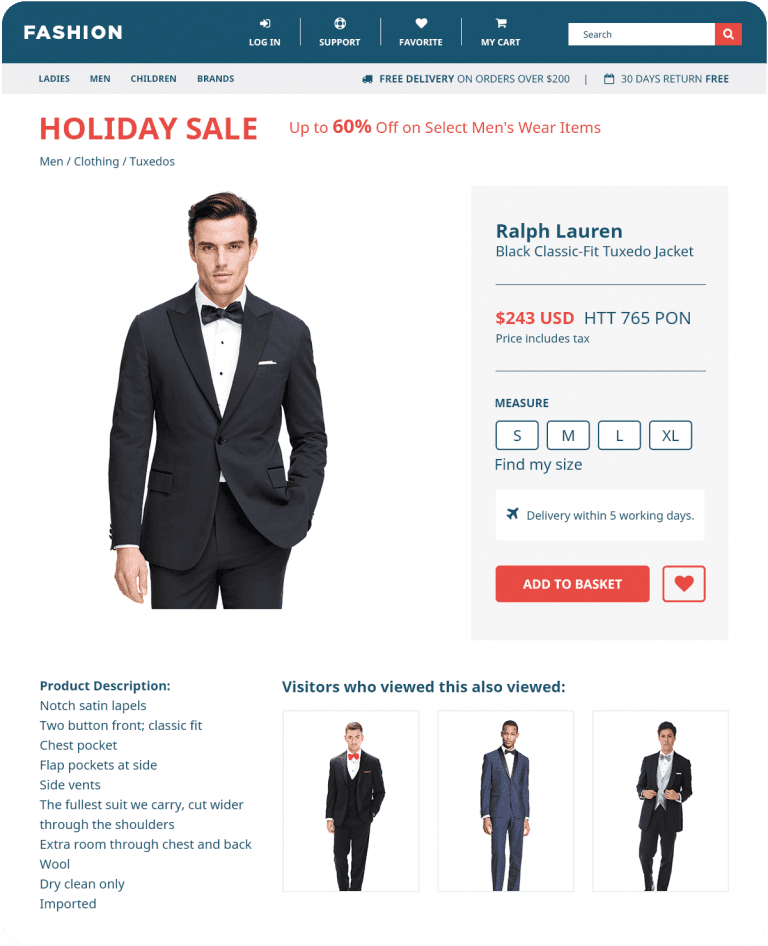
Cart Page
This is usually your last chance for the current session to make sure the visitor’s cart value is as high as it can be. It’s also a time when you want to make sure they don’t leave and abandon their cart, if at all possible.
Here are some examples of effective ways to do that on a clothing site, through personalization:
- Items frequently purchased with your cart items: take all of the cart items into account, and show the items that were most frequently purchased with them. In the context of a clothing store, these can also be filtered for accessories, so that main clothing items in the cart will be matched with most frequently bought together accessories for them.
- Popular up-sells for your cart items: this can be a golden opportunity to show the more expensive versions of the clothing items they added to their cart, to see if you can get a higher value cart transaction.
- Cheaper items like these exit popup: in case your shopper starts to leave the site before checking out, you can show some recommendations as an exit popup, which show similar but cheaper alternatives.
- Send me my cart exit popup: if you’d rather bet that they’re just not ready yet and will check out later, you can offer to send them their current cart as they try to leave, as well. This can even be combined with the cheaper items recommendation exit popup, as well.
- Scarcity messaging about how many are in stock: if some of the clothing items the visitor is considering purchasing are low in stock, why not remind them that they may not be available soon, so they’d better buy now while they can?
Abandoned carts are a real problem in the online fashion industry, and personalization like this will help you reduce yours.
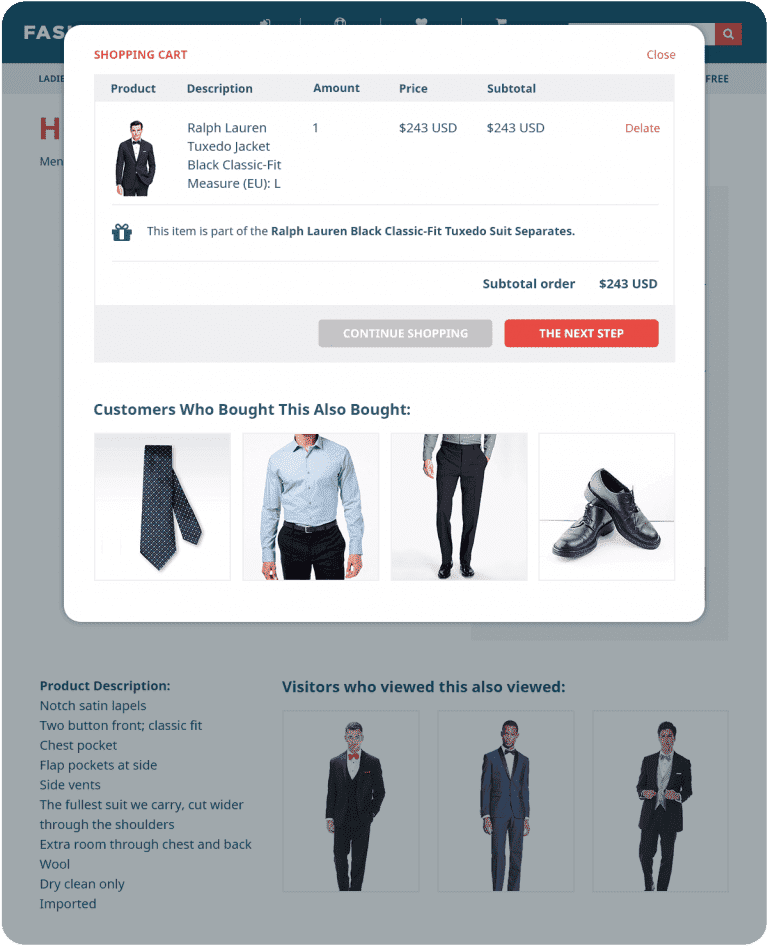
Other Fashion Extras and Add-Ons
There are plenty of other little personalizations that, although they may seem small, can make a big difference in customers’ fashion site experience. Here are just a few.
- Send me my cart button: this is a button that you can put anywhere, including in the menu bar shown on all pages, that will prompt a popup to collect their email address, and send them their cart. This will be perceived as a service by the shopper, but also collects emails for further marketing and reduces incomplete transactions for you.
- Category page add-ons: category pages are not usually at the top of the to-do list when it comes to personalization, but there are actually quite a few beneficial add-ons to show with products on category pages. These include social proof and scarcity messaging, such as showing social data on top 15% sellers, or showing which items are low in stock.
- Weather/seasonal targeting: weather and season are highly relevant variables for clothing websites, and Personyze allows you to use a combination of weather and date range targeting to ensure that visitors are seeing the offers and promotions that are most relevant to their current conditions.
- Fashion email personalization: email recommendations from Personyze can be used not only for standard marketing emails, but also added to existing transactional emails using the Personyze email embed code. This turns every single email into a potential return shopper and new sale. Since it has no negative impact on the customer’s email experience, not adding recommendations to all or most emails is simply leaving money on the table.
Conclusion
Fashion website personalization is an increasingly necessary strategy for online clothing stores, to keep up with competition from the largest brands and ecommerce stores, but beyond necessity, personalization executed well can have a drastic positive impact on revenue, sales, and profitability. Ultimately, good personalization doesn’t feel like marketing, it feels like a service, and results in better customer retention, as well. Any fashion website can implement personalizations like those listed above with Personyze, and is practically guaranteed to see improvements to all key metrics as a result.

